The archaeological site at 18 Hoang Dieu is located to the west of Kinh Thien Palace, in the relic complex of the Central Area of the Imperial Citadel of Thang Long - Hanoi, a world cultural heritage.
The archaeological site at 18 Hoang Dieu is located to the west of Kinh Thien Palace, in the relic complex of the Central Area of the Imperial Citadel of Thang Long - Hanoi , a world cultural heritage.
Excavated since 2002, with the largest excavation area ever, the relic site has revealed an extremely rich and diverse system of relics and artifacts. Besides the architectural vestiges interwoven and stacked over many historical periods, millions of artifacts were found in the mysterious ground. Most of all are relics of decorative materials of the royal architecture and utensils of the ancient Royal Palace, proving the development of the capital Thang Long, the capital of Dai Viet from the 11th to the 18th century.
The imprints of each historical period are found in the Thang Long Imperial Citadel relic site through the massive number of relics, showing the central location of the relic site and reflecting the long history of the Thang Long Capital. Let's visit the exhibition area of typical artifacts excavated at the relic site to feel the talented beauty of the hands of ancient craftsmen.
The relics of the Dai La period found in the relic site are extremely rich, showing that this was the central location, the headquarters of the An Nam Protectorate, under the Tang Dynasty, confirming that Thang Long Citadel was built on the basis of Dai La Citadel of the Governor Cao Bien. The types of architectural materials found here are yin-yang tiles, decorated with motifs of animal faces, clown faces, and lotus flowers. Rectangular bricks, which are common in large quantities, are gray-black in color, and are used to build sewers, wells, roads, or to form the foundations of buildings. Typical are bricks printed with the Chinese characters "Jiangxi Army", the military code of China during the Tang Dynasty. Square bricks used for paving floors were also found, decorated with vivid patterns such as bricks printed with crocodiles swimming in the waves, or bricks embossed with lotus flowers and vines.
Foreign ceramics are quite rich such as: jade-glazed lion statues from Xicun pottery kiln (Guangdong - China), blue-glazed ceramic jars, white-glazed wine bottles from Changsha pottery kiln (Hunan - China) of the Tang Dynasty, 8th - 9th century. Especially blue-glazed ceramic pieces from the Islamic region of West Asia (Islam)...
During the Dinh Tien Le period, although it did not play the role of the country's capital, traces of the Kinh Phu region during the Dinh Tien Le period were also found in the relic site. Typical examples are bricks engraved with Chinese characters "Dai Viet Quoc Quan Thanh Chuyen" (Bricks to build the Vietnamese army citadel), roof tiles with mandarin duck statues and halos. Besides Chinese ceramics, there are types of ceramics produced domestically such as blue-glazed and brown-glazed ceramics from Thanh Lang and Lung Hoa kilns ( Vinh Phuc ), and earthenware from Duong Xa kiln (Bac Ninh).
The Ly Dynasty artifacts at Thang Long Imperial Citadel are extremely beautiful and sophisticated, reflecting the prosperous development of this period. Many types of architectural decorative materials such as tiles with Bodhi leaves decorated with dragons and phoenixes or reliefs, round statues in the shape of dragon heads, phoenix heads or mandarin ducks with sophisticated and elaborate decorative motifs give us an idea of the splendid beauty of Thang Long Imperial Citadel during the Ly Dynasty. The square floor tiles are also elaborately decorated with chrysanthemum, peony and lotus patterns. The large stone bases supporting the columns are carved with lotus petals, showing the large scale of the architectural works.
Ly Dynasty ceramics are of high quality, including jade-glazed, white-glazed, yellow-glazed, green-glazed and brown-flowered ceramics with many types such as vases, jars, bowls, plates, basins, lotus-shaped plates, boxes with lids... Among them are many high-class ceramics, exquisitely crafted, with decorative patterns of noble symbols such as dragons, lotus flowers, chrysanthemums, and Ruyi patterns... Very unique is the relic of a green-glazed box lid, 18.5 cm in diameter, decorated with winding dragons, cloud patterns in the shape of bells, Ruyi patterns and nail patterns.
The relics of the Tran Dynasty found in the relic site are rich, diverse and inherited from the Ly Dynasty. However, they also created unique marks such as lemon flower decoration techniques, lotus-shaped and leaf-shaped tiles, reliefs, round statues with strong shapes and lines, bearing the open style of the Tran Dynasty. Vivid evidence of the life of the Thang Long Royal Palace during the Tran Dynasty is clearly reflected through the richness and diversity of daily utensils such as ceramics, porcelain, metalware, etc. Among them, brown-flowered ceramics with large sizes, strong shapes, and open patterns were very popular during the Tran Dynasty.
Precious metal objects such as the three-metal inlaid sword were considered treasures of the Royal Palace, pieces of gold jewelry, areca knives, lime pots reflected many aspects of the Royal Palace life at that time. Brown-flowered ceramic jars decorated with lotus flowers and strings, Brown-flowered ceramic pots decorated with magpies in a lotus pond, Brown-glazed ceramic speakers decorated with lotus petals and leaf strings are typical and unique artifacts of this period.
An important discovery, reflecting the high-class life of the Thang Long Royal Palace during the Le Dynasty, is the collection of ceramics produced at the Thang Long kiln. The perfection and sophistication of the thin white ceramics, high-class blue and white ceramics decorated with dragons with 5 claws, printed with the words Quan or Kinh, and royal utensils for the king. A special type of ceramic is the "dragon-shaped tube tile", which symbolizes dragons with bodies and dorsal fins lying along the slope of the roof. This is the only type of tile found in Thang Long, demonstrating the creativity and uniqueness in the art of architectural decoration of the Thang Long Royal Palace during the early Le Dynasty. It can be said that a collection of ceramics used in Truong Lac Palace, printed with the words Truong Lac, Truong Lac palace, Truong Lac loincloth.
Although the artifacts of the Mac Dynasty were not as rich as those of previous periods, the relic site also found yin-yang roof tiles decorated with dragons, large-sized box bricks decorated with dragons made of terracotta or covered with beautiful gold glaze. In addition, the relic site also found some royal ceramics of the Mac King decorated with dragons and high-class ceramics of the Queen decorated with phoenixes.
Unlike the Mac Dynasty, the architectural materials of the Le Trung Hung Dynasty were very rich and diverse, with many types: bricks, tiles, foundations, steps, animal statues, etc., many and popular were bricks and tiles. It is worth noting that bricks and tiles of this period were often not glazed like the Le So Dynasty, but were mainly baked clay, made from two types of soil: red clay and gray clay. Of which, the type made from gray clay was more popular and in terms of color, it was quite close to the color of the architectural materials of the Dai La Dynasty. Typical were the leaf-shaped roof tiles, the tops decorated with Ruyi and Geometric patterns. Ceramics were also very rich, typically there were earthenware teapots with leaf-shaped carvings on the shoulders, blue-and-white ceramic bowls, painted with dots in the style of Chinese poetry. Especially the white-glazed ceramic statue of a woman, Le Trung Hung Dynasty, 17th century.
The Nguyen Dynasty ceramics found were mainly blue and white ceramics, yellowish white ceramics and brown ceramics. Of these, Bat Trang ceramics were found in large quantities, mainly lidded bowls and jars, lime pots, small cups and wide bowls and plates painted with bamboo branches, bamboo clumps or chrysanthemums.
The imprint of 1300 years of history is precious and mysterious in the underground of Thang Long - Hanoi. And what has been revealed, the relics of Thang Long Imperial Citadel, the thousand-year-old relics from the underground have left an unforgettable impression in the hearts of visitors.
Artifacts of Thang Long Imperial Citadel:
Square floor tiles, decorated with embossed crocodiles swimming in the waves, Dai La period (8th-9th century)
White-gray ceramic jar with yellow glaze, Dai La period (8th-9th century)
Roof tile with mandarin duck statue, Dinh-Tien Le period (10th century)
Phoenix head statue, roof decoration, Ly dynasty (11th-12th century)
Roof tiles, decorated with phoenix leaves, Ly Dynasty (11th-12th century)
Phoenix head statue, Tran Dynasty (11th-12th century)
Dragon-shaped tile, yellow glaze, early Le Dynasty (15th century)
Dragon-shaped tile, blue glaze, early Le Dynasty (15th century)
Dragon-decorated bricks of Mac Dynasty (16th century)
Phoenix mounted on roof tile, Ly Dynasty (11th-12th century)
Brown ceramic jar with flowers, Tran Dynasty (13th-14th century)
Blue and white ceramic bowl, painted with a dragon with five claws, royal object of the Early Le Dynasty (15th century)
Statue of a woman, white glazed ceramic, Le Trung Hung period (17th century)
Blue and white ceramic couplet, painted with bamboo, Nguyen Dynasty (19th century)
Source: https://vietnamnet.vn/hoang-thanh-thang-long-di-vat-nghin-nam-tu-long-dat-314514.html


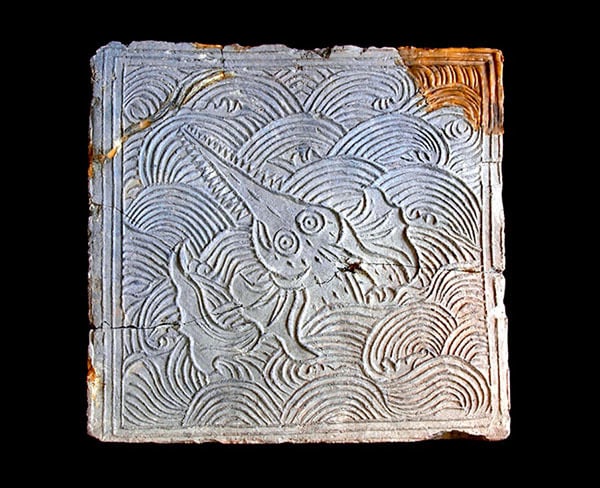

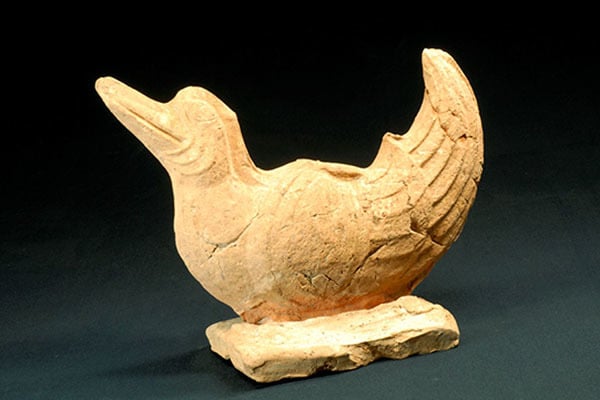

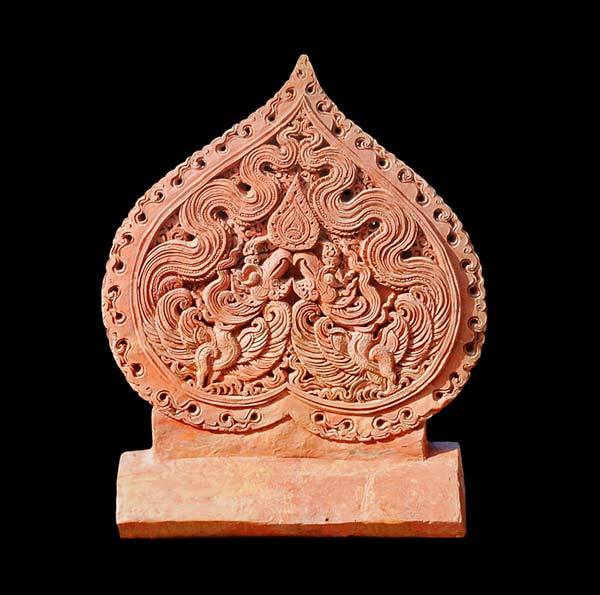
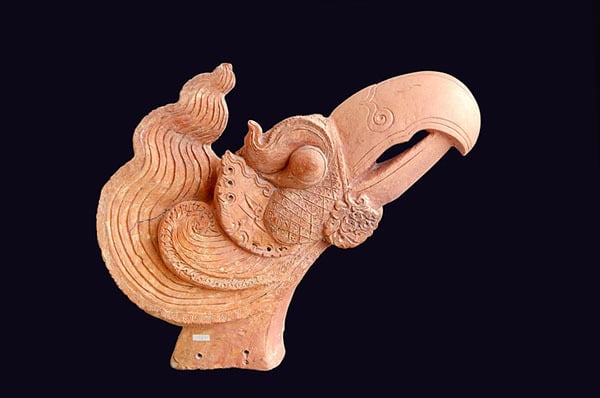
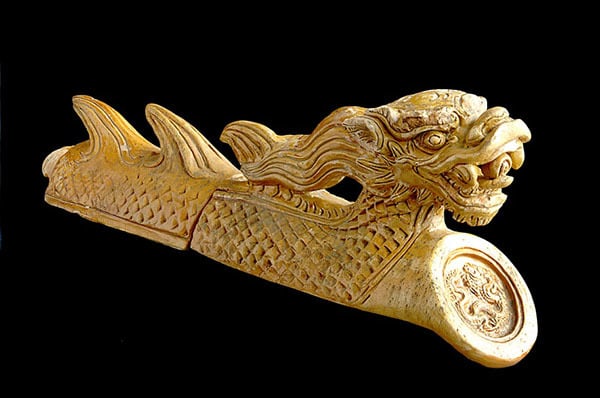
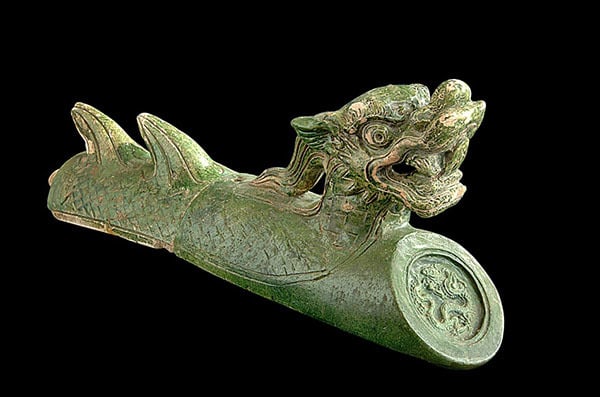
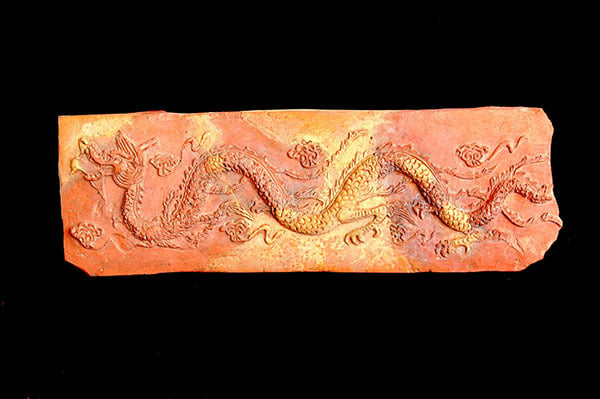
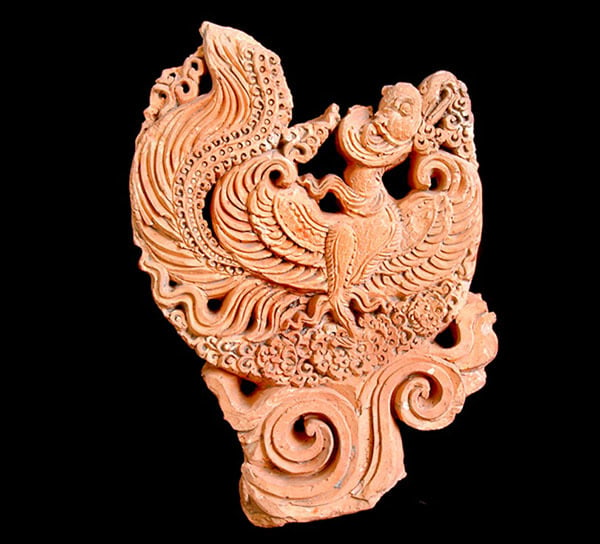
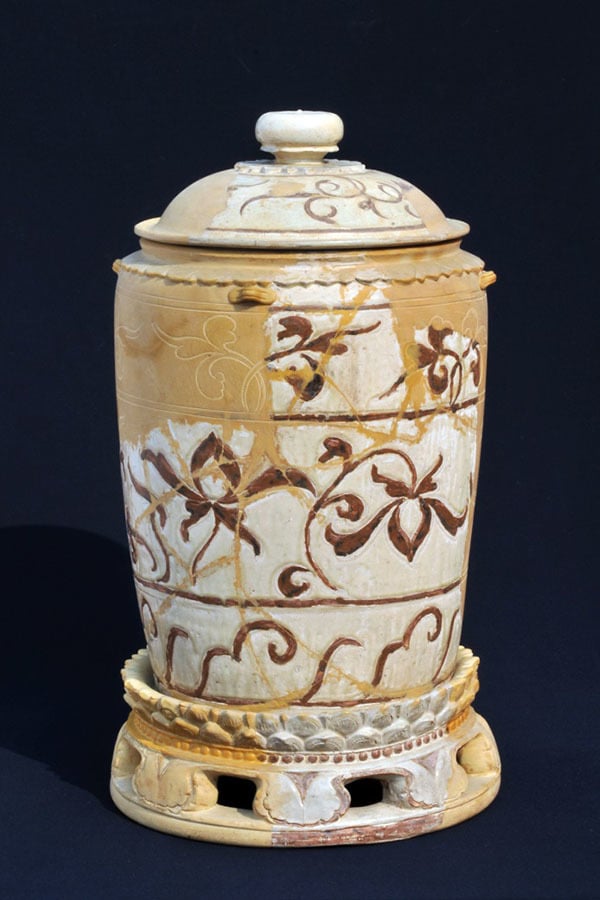



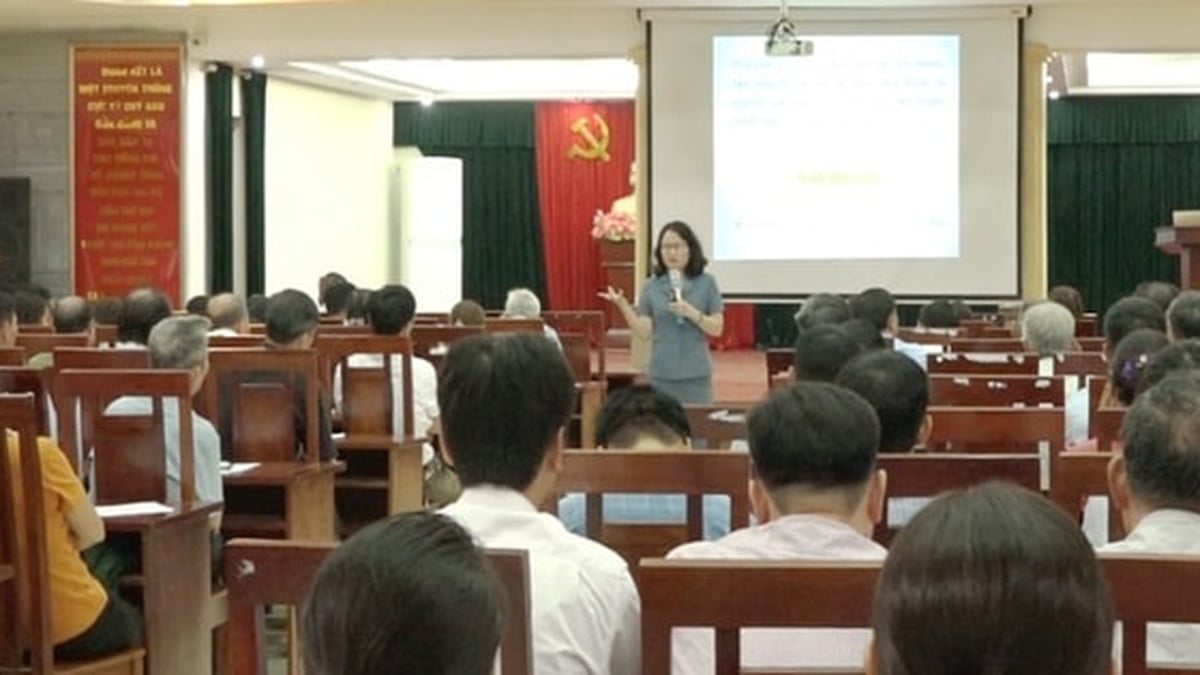


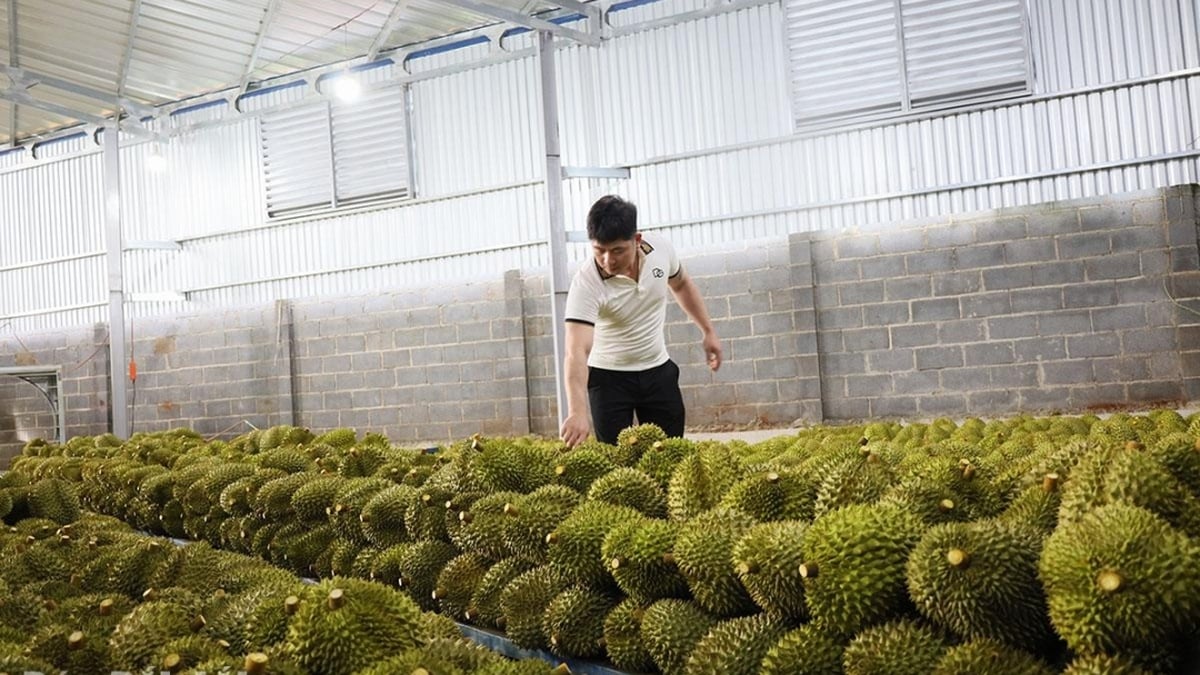

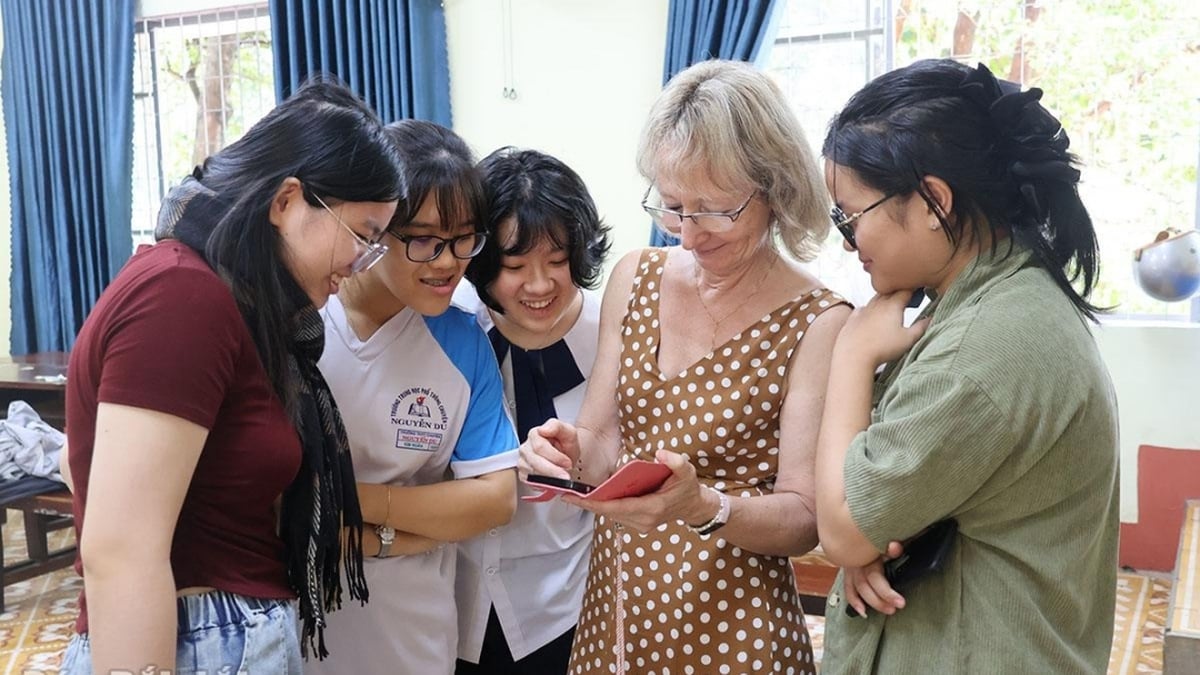

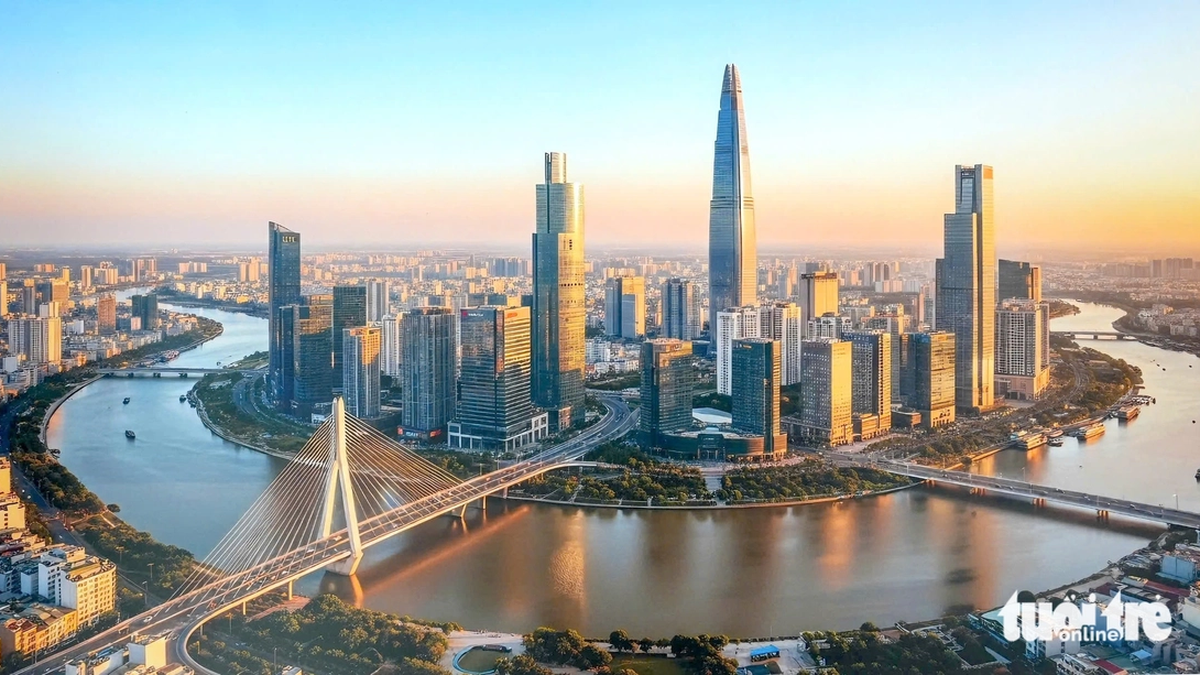
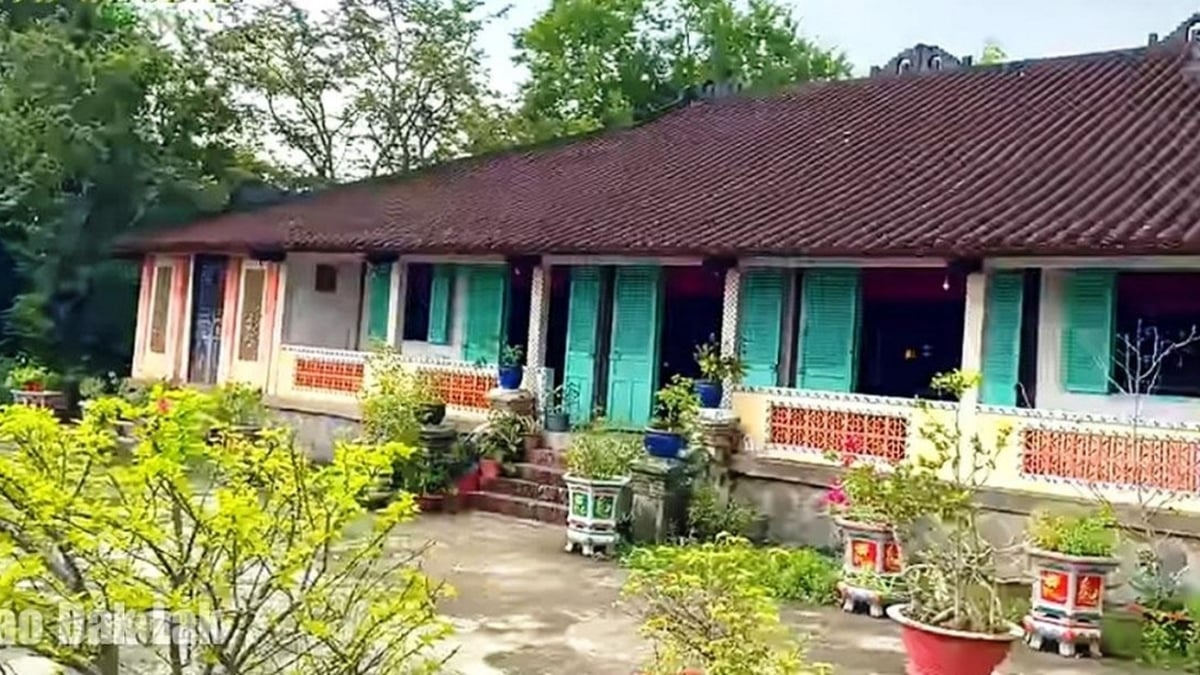




















































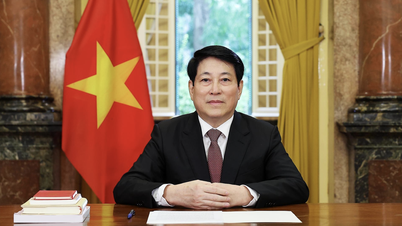

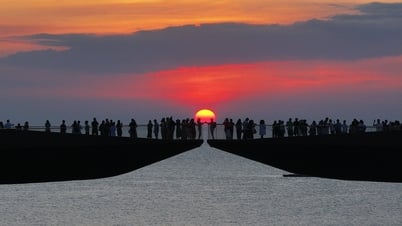

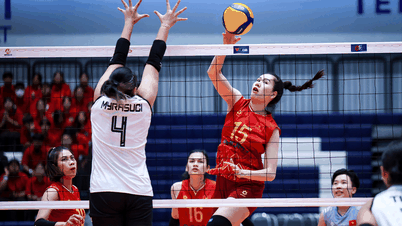































Comment (0)